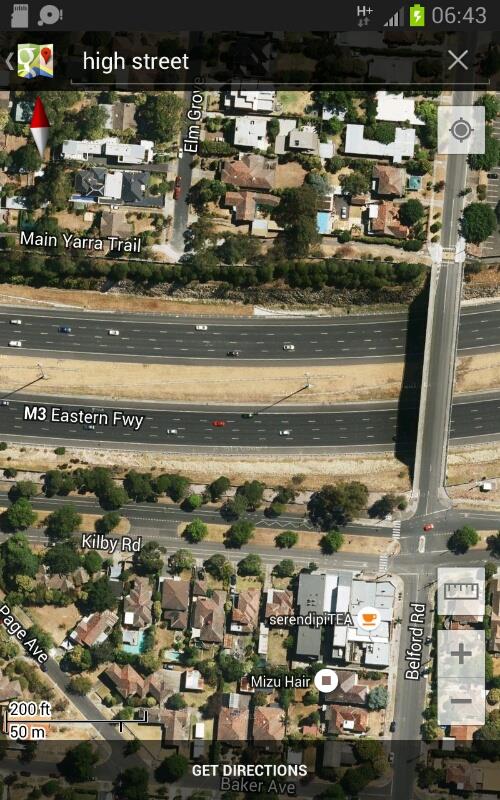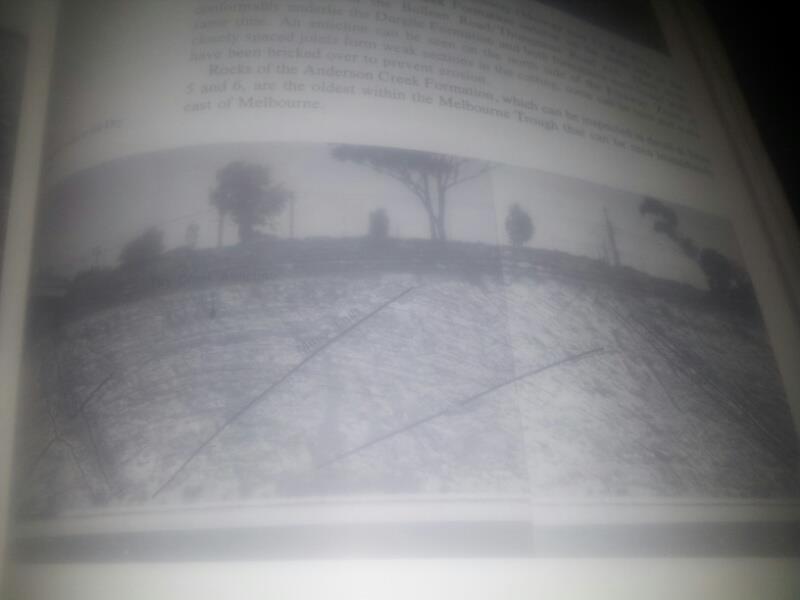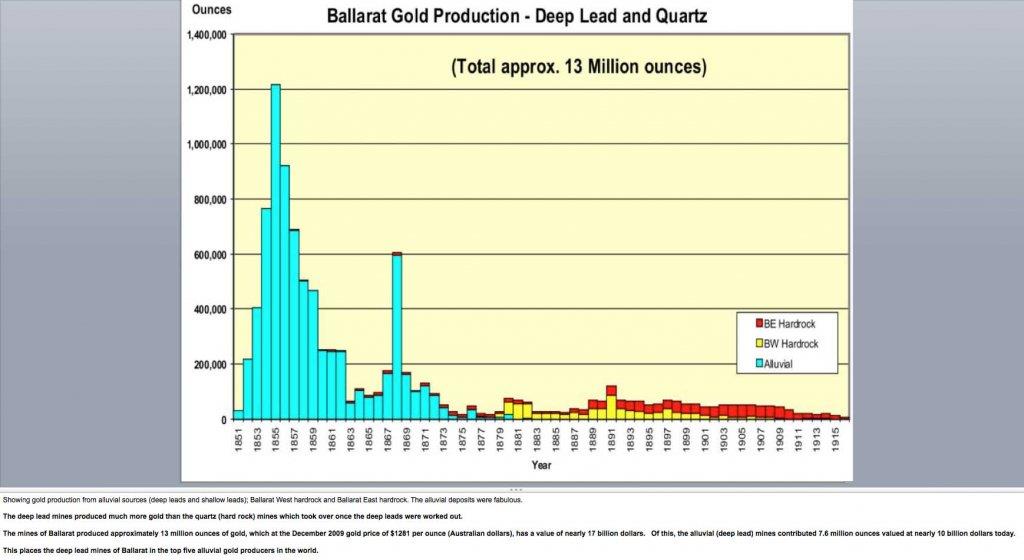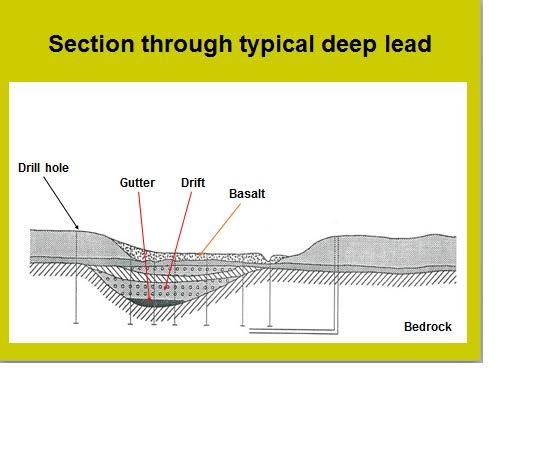G0lddigg@ said:have to google "Edwards' Pyrites & Ore Reduction Co" in affraid the links wont work here they are dynamic
heres a summary :
Background
Edwards erected a building on the slopes of Frenchman's Hill, Sebastopol in 1890. Remains of the company can be seen behind the former garbage tip in Whitehorse Road, Sebastopol.
History
This company started operation around 1896. It roasted mullock and waste from local mines, as well as those further afield. The remains of the ore was called 'roasted ore' and was red in colour. Arsenic fumes from the plant killed much of the vegetation in the south east area of the plant. This problem was solved in later years be redesigning the chimneys at the plant. Many workers of the plant suffered chronic respiratory problems caused by the arsenic fumes. A large proportion of the slimes found their way into the creek by an overflow placed at the side of each vat.
Eight cyanide leaching vats held 100 tons each. The pulp was fed into them, by nicely constructed distributors.The golden solution was run through boxes containing charcoal, then the precious charcoal was dried and burnt. The ashes containing the gold were smelted in crucibles in the usual manner.
BALLARAT, September 16.
At the Police Court to-day the Buninyong Shire Council proceeded against Messrs. Edwards, of the pyrites works at Magpie, for treating pyrites without the consent of the Council, and thereby causing offensive fumes. Evidence for the prosecution was given by Henry Edward Geddes, a miner, who said the fumes from the works had affected the health of himself and children, and John Gullock, postmaster at Magpie, whose health had also been injured, and who had lost a horse through being poisoned by the gases from the works. Robert Knowles, a farmer, deposed that fumes had killed some of his cattle. Other evidence of a similar character was given. For the defence it was contended that no offence had been committed against the Act, which applied to abattoirs, factories, etc., and not to pyrites works. Dr. Atkinson, of Bendigo, said he was familiar with pyrites works in his districts, that the health of residents there was very good, and public health was not affected by the fumes in any way. Dr. McGillivray, Bendigo, corroborated, as did also Dr. Hugh Boyd, Bendigo. Mr. Cosmo Newbery said he was with the Noxious Fumes Board is their recent investigations, and they could not trace any ill effects to the community from the fumes of pyrites. The scorching of leaves of trees was due to sulphur. The effect on animal life was practically nil. As things were at present in the vicinity of the Magpie pyrites works he should say the cause of death of animals was not due to the fumes. On rising the Court adjourned until next day. [1]
The plant was closed during the 1930s. When the plant was no longer profitable the plant was used to manufacture sheep dip and paint. Remains of the company can be seen behind the garbage tip in Whitehorse Road, Sebastopol.
reference https://bih.federation.edu.au/
Far out! Imagine getting away with this today.







